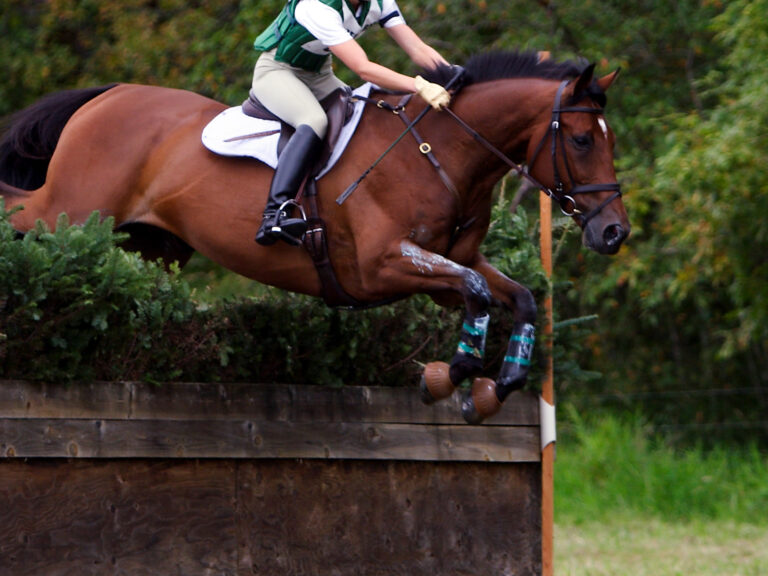
For more than a decade, solo practitioners have made up nearly 40% of AAEP members. While these veterinarians have made their careers as sole proprietors for a variety of reasons, most have prized the independence that working alone provides. However, one of the biggest challenges that solo equine practitioners face is determining an exit strategy when they are ready for retirement.
The decline in the number of new graduates entering equine medicine has made traditional exit strategies more difficult. In the past, retiring solo doctors often sold their practices to a new graduate looking for a readymade opportunity. Increasingly, many solo practices have now been unable to harvest their practice asset at retirement. Instead, many have simply closed their businesses.
Planning ahead for a transition of ownership is important for all practices, but it is especially vital for small practices. Some options when retiring from solo practice include simply informing clients of the retirement and referring them to other local colleagues through a letter; identifying a local practice interested in acquiring the retiring veterinarian’s clients; selling the client list to a trusted colleague and actively supporting the transition of clients; or selling the practice to a new solo owner.
Solo Practice Sale
Most veterinarians will not be interested in purchasing a solo practice because it does not offer an advantage to opening a new practice of their own. In their minds, if a veterinarian retires, their former clients will be in the market for a new veterinarian, and purchasing the former practice is unnecessary. Occasionally, a solo practice can be sold if it can demonstrate that their clients will remain loyal to the new owner; has a well-rounded arsenal of diagnostic equipment; has strong policies and procedures; will retain existing staff members; and has shown a reliable and robust stream of profit each year. However, because the solo practitioner is the brand identity, it can be difficult or impossible to sell a solo practice unless the buyer has an opportunity to bond with the clients for at least three months prior to the sale.
Client List Sale
Alternatively, a solo practitioner can sometimes sell their client list to an individual or a neighboring practice. Client list sales are typically structured such that the purchaser pays a percentage of the revenue that he or she earns from the seller’s former clients over a three-year period. In the first year, the buyer typically pays 15-20% of the revenue earned that year from the seller’s clients. During the second year, that percentage drops by about a third (10-13%), and during the third year an additional third (5-7%).
This approach requires trust and good record-keeping. The buyer is expected to print an accounting of monies earned from the seller’s previous clients at the end of each year, which usually means logging them into practice management software in a way that allows these reports to be generated. The payments can be made quarterly or annually. Sometimes there are clients that used both the seller and the buyer before the sale, so defining what revenue will be counted is essential.
A client list sale removes much of the risk from the buyer because they pay only for clients that use their services. In order to maximize their return on the sale, the seller sends a letter to their clients stating that their horses’ records will be transferred to the buyer’s practice unless they request otherwise. As it is to the seller’s benefit that their clients transfer to the new service provider, the seller typically also expresses confidence in the new veterinarian and tries to help the doctor succeed by being available to them for questions about clients or patients for a time after the sale.
Gradual Scale-Back
However, an exit strategy for a solo practitioner must not always rely on a practice sale. Well-managed solo practices can produce robust profits which, when invested wisely, can yield excellent long-term gains. Some veterinarians simply harvest as much money from their work as they can over the course of their career, and then simply sell their used equipment when they are ready to retire. As they age, some of these doctors begin to limit their practice to certain areas in which they have special competencies, and they reduce their client list to slow their growth and minimize the number of hours they work. In these practices, the clients’ memories of these veterinarians is their legacy.
Disclaimer from sponsor: This content is subject to change without notice and offered for informational use only. You are urged to consult with your individual business, financial, legal, tax and/or other medical providers with respect to any information presented. Synchrony and any of its affiliates, including CareCredit, (collectively, “Synchrony”) makes no representations or warranties regarding this content and accept no liability for any loss or harm arising from the use of the information provided. All statements and opinions in the article are the sole opinions of the author. Your receipt of this material constitutes your acceptance of these terms and conditions.









